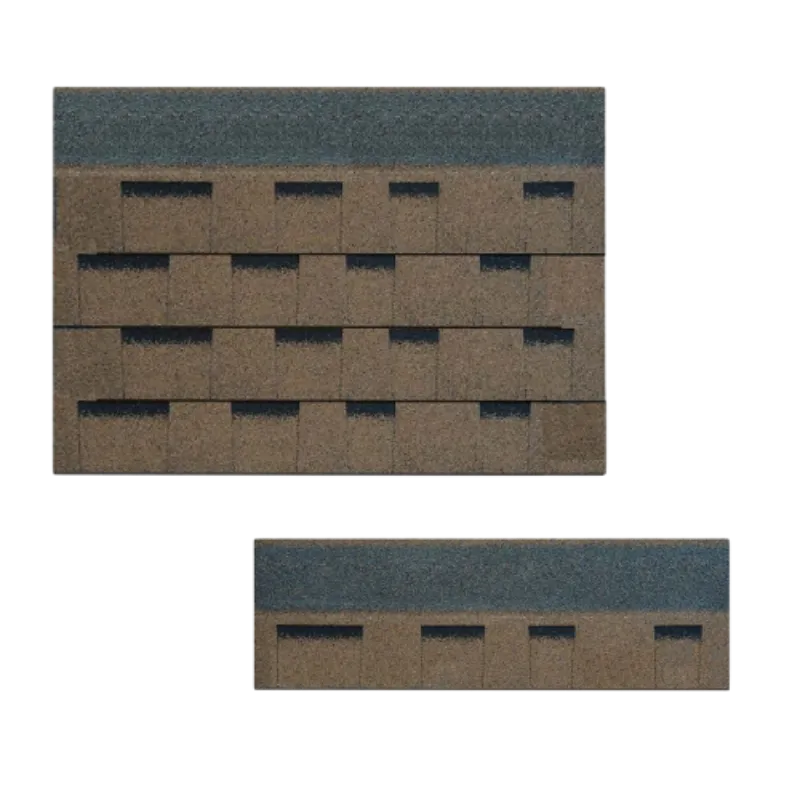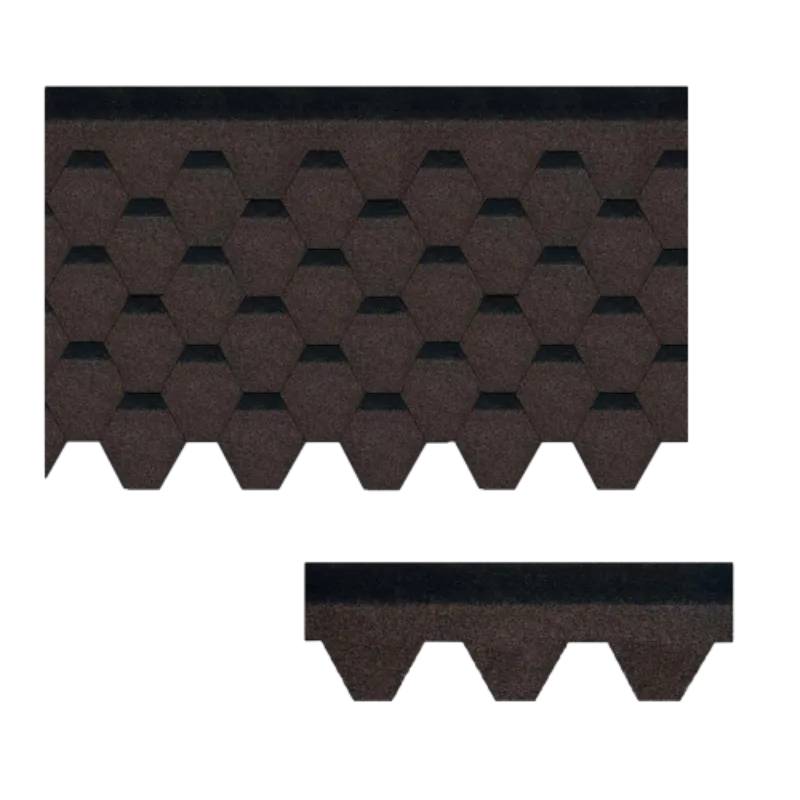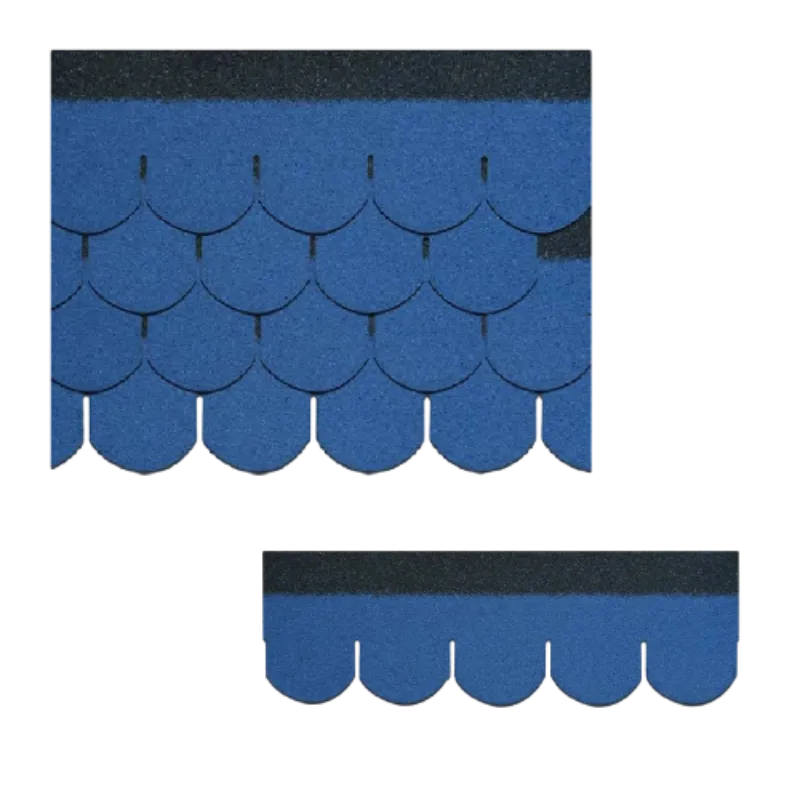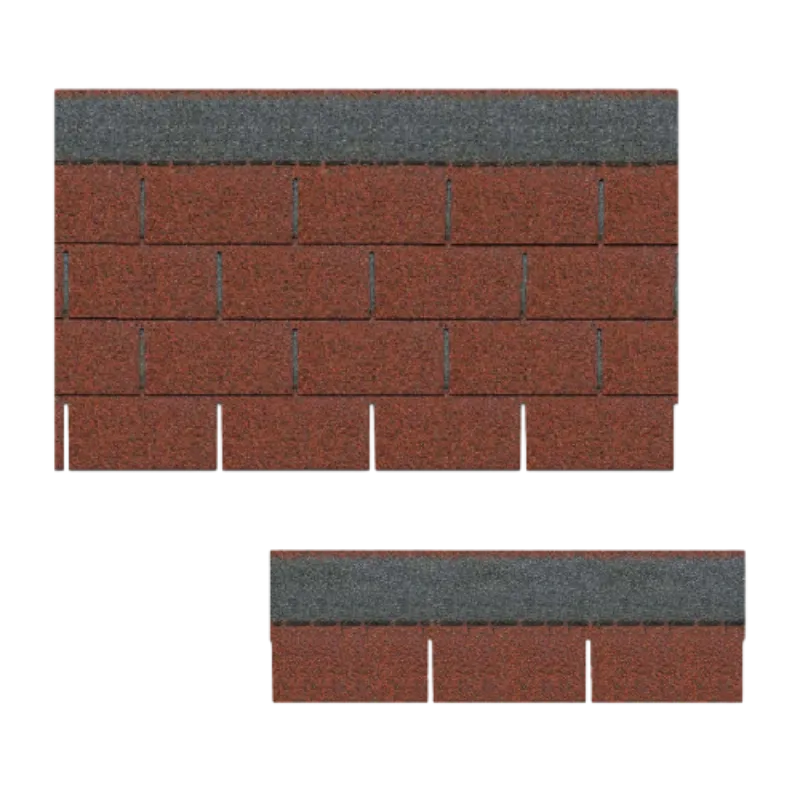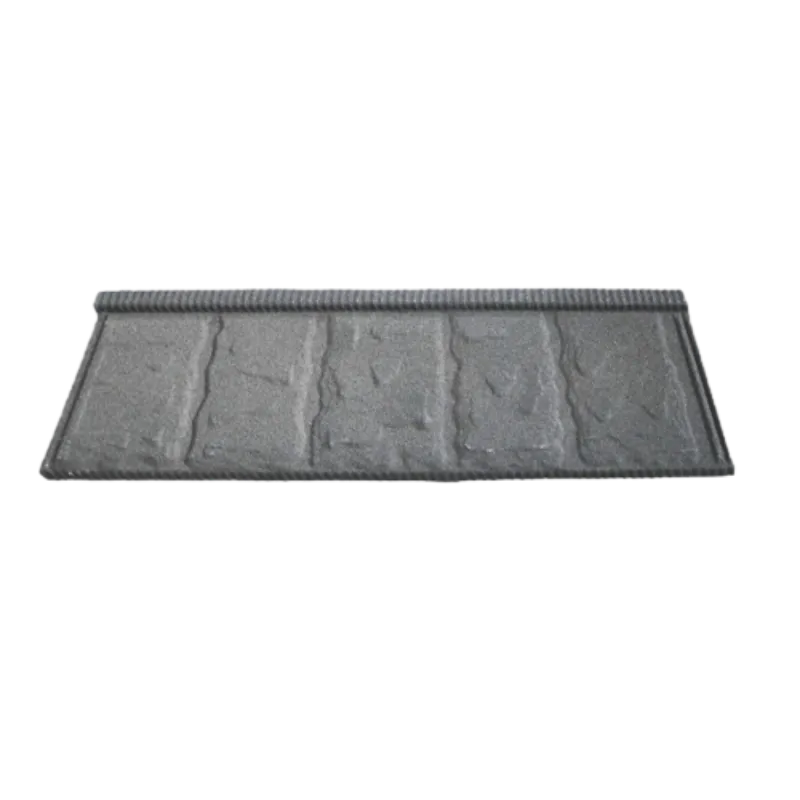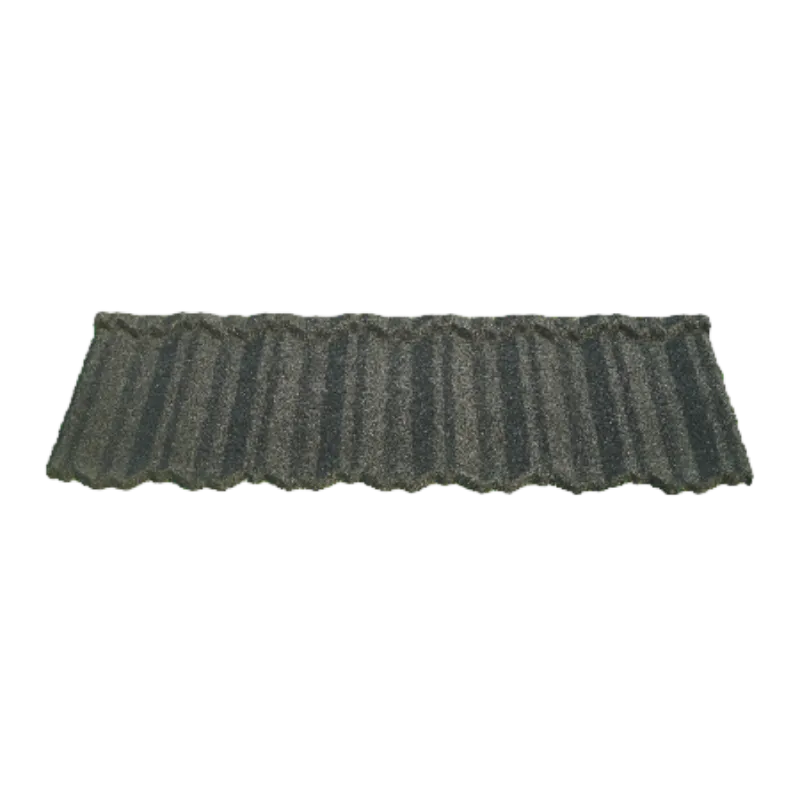
ನವೆಂ . 14, 2024 06:13 Back to list
laying clay roof tiles
Laying Clay Roof Tiles A Comprehensive Guide
Clay roof tiles have been a popular roofing material for centuries, known for their durability, aesthetic appeal, and resistance to harsh weather conditions. Laying clay roof tiles can seem daunting to many, but with the right approach and tools, it can be a manageable project. This article will provide a comprehensive guide to laying clay roof tiles effectively.
Preparation and Planning
Before you start laying tiles, it’s crucial to prepare adequately. First, assess the roof structure to ensure it can support the weight of clay tiles, which are heavier than other roofing materials. You will need to check for any underlying damage in the decking or rafters. Additionally, gather all necessary tools and materials, including clay tiles, nails, a hammer, a tile cutter, a chalk line, and safety equipment like gloves and goggles.
Planning the layout is essential. Start by determining the best orientation for the tiles on your roof. Most often, tiles are installed starting from the eaves moving up towards the ridge. You should mark a chalk line along the bottom edge to ensure a straight installation.
Installing the Underlayment
Before laying the tiles, install an underlayment, typically made of felt or synthetic material, to provide additional waterproofing protection. This layer is essential as it will act as a barrier against wind-driven rain and moisture. Lay the underlayment horizontally, overlapping the edges, and secure it with roofing staples or nails.
laying clay roof tiles

Laying the Clay Tiles
With the underlayment in place, begin the installation of the clay tiles. Start at one end of the roof and place the first tile against the eaves, adjusting it so that it aligns with your chalk line. Ensure that the tile’s interlocking edges are properly aligned with adjacent tiles to maximize water resistance.
As you lay each tile, secure it using nails, ensuring that you do not penetrate too deep, which could cause damage. It’s often recommended to use two nails per tile for added security in windy areas. Continue laying tiles in this manner, ensuring that you maintain a consistent overlap for optimal waterproofing.
Finishing Touches
Once the majority of the roof is covered, you will need to install the ridge tiles at the peak of your roof. These tiles often require cutting to fit correctly. Ensure proper sealing of all joints with roofing adhesive or mortar to prevent water infiltration.
Finally, conduct a thorough inspection to ensure that all tiles are correctly installed and secured. Clean up the work area, removing any debris, to maintain a safe and aesthetically pleasing environment.
In conclusion, laying clay roof tiles may require careful planning and execution, but the results can be both beautiful and long-lasting. With the right approach, tools, and a bit of patience, anyone can successfully transform their roof with durable clay tiles, adding value and character to their home.
-
Top Stone Coated Metal Roofing Suppliers & Manufacturers Durable Stone Coated Metal Tile Solutions
NewsJul.07,2025
-
How Many Bundles of Asphalt Shingles in a Square? Fast Roofing Guide & Tips
NewsJul.07,2025
-
How Long Should a Cedar Shake Roof Last? Expert Guide & Replacement Options
NewsJul.06,2025
-
Premium Expensive Shingles Enhance Your Roof with Lasting Durability and Style
NewsJul.06,2025
-
Roof Shingle Construction Durable & Cost-Effective Asphalt Roof Solutions
NewsJul.06,2025
-
Premium Red 3 Tab Roof Shingles for Durable, Stylish Roofing Solutions
NewsJul.05,2025


